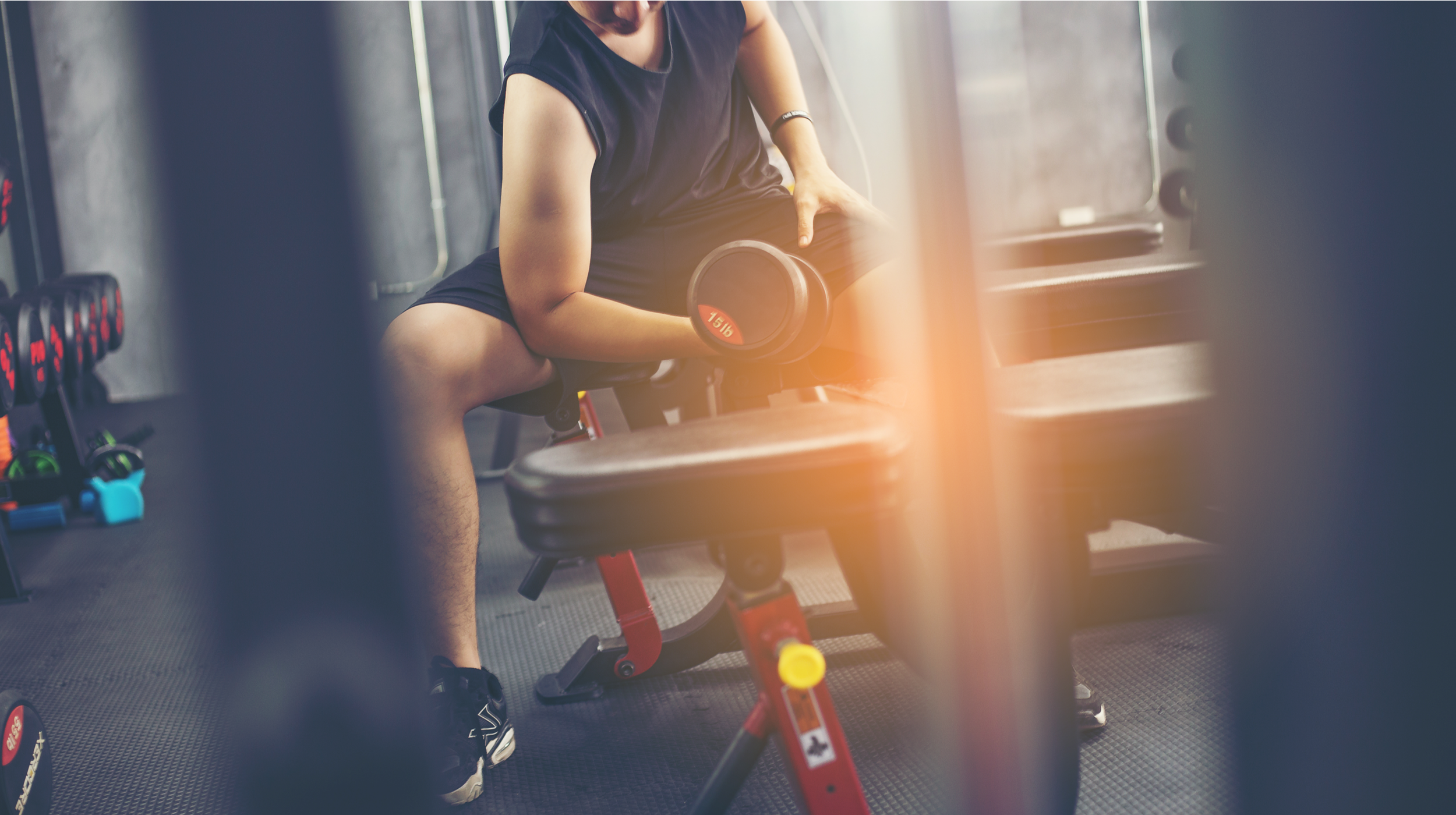Best Resistance Training Workout Routine for Beginners
Jun 1, 2021 mindpumpI like to educate my readers and clients on what they are doing so that they have the tools beyond relying on me, to keep progressing in their lifting career. I’ve never been a fan of set meal plans, and workout routines, because it effectively teaches the client nothing about why they should be doing it. Today, I’d like to help bring you one step closer to understanding your lifting journey a little bit easier on your own.
What is your goal?
(Athlete, bodybuilding, powerlifting, overall fitness)
A beginner is going to need far less stimulation than an advanced lifter. A powerlifter is going to need way more frequency and focus on squats, deadlifts, and bench than a bodybuilder. So the first thing you need to ask yourself is what is your goal? Are you trying to be an athlete, bodybuilder, or powerlifter?
What is your training age?
1-3 years of lifting experience – Novice
3-5 years – Intermediate
6+ years of serious dialed in lifting and nutrition – Advanced
Workout routines are in a constant state of flux based on the lifters training age, and response to training as the years go on. Since you are a beginner, you are hypersensitive to any stimulus from lifting so you won’t need as many days in the gym as an advanced would. Your programming should reflect that.
How often should you workout?
Novice – 2-3 days a week – you are newer to lifting so you will probably get more easily sore than an advanced lifter. We don’t want to hit each muscle so often that they don’t have enough time to recover.
Step 4 – How many sets?
Novice – 8-10 weekly sets per muscle
Stop thinking of how to train a muscle solely in terms of days at a time. Look in terms of weekly total sets per muscle. You need to find the minimum effective volume your body needs per week to stimulate growth. Doing more doesn’t mean more results. If you are seeing progress in the gym, then you are doing it correct! Why add junk volume to something that isn’t broken? Advanced lifters add more sets as a response to lack of growth over time. It usually means their body has gotten so used to whatever their current weekly set volume is, that they need MORE just to achieve the same results back when they started with only 8-10. It doesn’t mean they are getting more muscle than you.
What split fits best on the above criteria?
Novice – Full body
Based on everything I’ve taught you up to this point, you see now that you don’t need a body part split, super high volume approach. You need to find the minimum effective dose that’s going to maximize the muscle building signal. And you are trying to get that signal elevated enough times throughout the week so your body has the signal to keep growing.
**Important Note** – the research shows it takes about 3-8 sets per muscle, in a given session, to exhaust the muscle enough to force an adaptation. Keep this in mind when choosing the routine. More later.
Sample Layout
Novice – a novice bodybuilder, with 1-3 years lifting experience, should train 2-3 days a week, with 8-10 weekly sets per muscle, using full body each day.
If it takes 3-8 sets per session to exhaust a muscle, and we have 3 days a week to train, then for a novice we want to start with at least 3 sets per muscle group each day (or one exercise). So you would train the full body on each day.
The Workout
This is just a sample workout. There are many ways you can construct this, and if you want a full workout plan I suggest checking out the Mind Pump MAPS Anabolic program. It’s the perfect workout for beginners.
Frequency: 2-3x a week (keep 1-2 days of rest in between to recover)
Length: 4 week cycle with one week deload
Sets & Reps: 2-5 sets with 3-6 reps per exercise (rest up to 3 minutes between sets)
Exercises:
Day 1 –
Barbell Squats 4×5
Bench Press 4×5
Weight/Assisted Pull-ups 3×5
Shrugs 3×3-6
Barbell Curls 2×6-8
EZ Bar Skullcrushers 2×6-8
Day 2 –
Deadlifts 4×5
Overhead Press 4×5
Seated Row 3×5
Dumbbell Shrugs 3×3-6
Dumbbell Hammer Curls 2×6-8
Dips 2×6-8
Day 3 (only if you aren’t sore and are recovering from Day 2) –
Romanian Deadlifts 4×5
Lunges 4×6-8
Incline Bench 4×5
One Arm Dumbbell Row 3×5
Lateral Raises 3×6-8
Preacher Curls 2×6-8
Tricep Pushdowns 2×6-8
Phasing
Ideally you want to be phasing your workouts. That is, you’d focus on a rep range of 6-8 (like above) for 4-6 weeks and then deload. Then the next 4-6 weeks maybe you’ll try similar exercises in the 10-12 rep range and deload again. Different rep ranges stimulate the muscles differently, allowing for a stimulus that causes growth in all forms. Also, make sure to be choosing a weight that allows you to hit whatever rep range you choose leaving 2-3 reps shy of technical failure.
Deload
Make sure you are deloading at the end of those 4-6 weeks. As you try to add more weight, or do more reps week to week, your body should start to accumulate more and more fatigue to where you hit a point that you can’t beat last week’s performance. That’s when you know you need a deload. The deload week is when you do half as many sets, and half as many reps but with the same weight you used on your final week. It allows your body to catch up recovering to the accumulated volume you’ve placed on it for 4-6 weeks. This is very important if you want to grow.







